This post is also available in: ![]() English
English
Introduction
Controlled Environment Agriculture (CEA), also known as greenhouse, indoor or vertical farming, is a method of cultivating crops in a highly controlled and monitored environment. Unlike traditional outdoor (open-field) agriculture, CEA utilizes technology and controlled conditions to optimize plant growth.
The primary goal of CEA is to provide a stable and controlled environment that can maximize crop yields, improve resource efficiency, and reduce the negative impacts of traditional agriculture, such as water usage and pesticide use.
CEA definition
Here are some key features and components of controlled environment agriculture:
1. Climate Control: CEA systems maintain precise control over temperature, humidity, and light levels. This allows growers to create ideal conditions for specific crops year-round, regardless of external weather conditions.
2. Artificial Lighting: CEA often relies on artificial lighting systems, such as LED or high-pressure sodium lamps, to provide consistent and customizable light spectra for plant growth. This is particularly important for crops grown in low-light or indoor environments. In a greenhouse, the main objective is to use as much as possible the sun radiation, artificial lighting is used as a complement to keep a consistent lighting level (PAR) year-round.
3. Hydroponics or Aeroponics: CEA frequently employs soilless growing methods like hydroponics or aeroponics. These systems deliver nutrients directly to the plant’s roots, ensuring efficient nutrient uptake and water conservation.
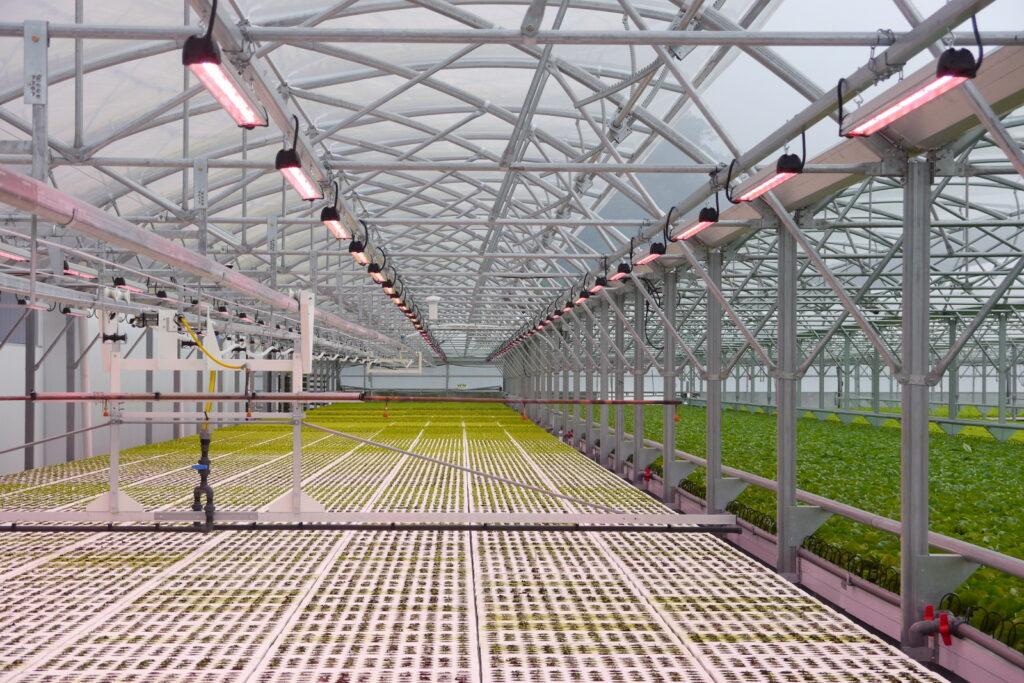
4. Controlled Irrigation: Water usage is carefully managed in CEA through precise irrigation systems like drip irrigation. This reduces water wastage and can be particularly important in regions with water scarcity.
5. Carbon Dioxide Enrichment: Some CEA setups enrich the air with carbon dioxide to enhance photosynthesis and boost crop growth.
6. Pest and Disease Management: CEA systems often incorporate integrated pest management techniques, which reduce the need for chemical pesticides. Closed environments can also minimize the risk of pests and diseases. Moreover, the use of beneficial insects in an Integrated Pest Management Strategy (IPM) is promoted and more efficient in a CEA ecosytem.
7. Vertical Farming: In urban areas with limited space, vertical farming is a form of CEA that utilizes stacked layers or racks to maximize growing area within a small footprint.
8. Data Monitoring and Automation: CEA relies on sensors, cameras, and data analytics to monitor and control various environmental factors. Automation systems adjust conditions as needed to optimize plant growth.
9. Energy Efficiency: While CEA can require significant energy inputs for lighting, heating, and cooling, efforts are made to use energy-efficient technologies and renewable energy sources to reduce the environmental footprint.
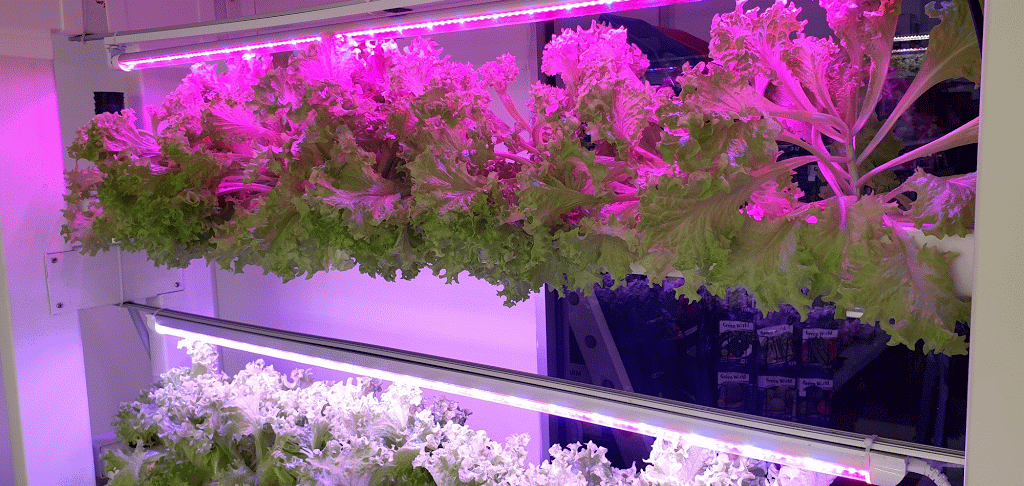
Conclusion
In short, CEA offers several advantages, including year-round production, reduced water and pesticide use, higher crop yields, and the potential to grow crops in urban areas closer to consumers. However, it also comes with challenges, such as high initial setup costs, energy consumption, and the need for specialized knowledge and equipment.
Overall, controlled environment agriculture plays a crucial role in addressing food security, sustainability, and the challenges posed by climate change by offering a more controlled and efficient way to grow crops.
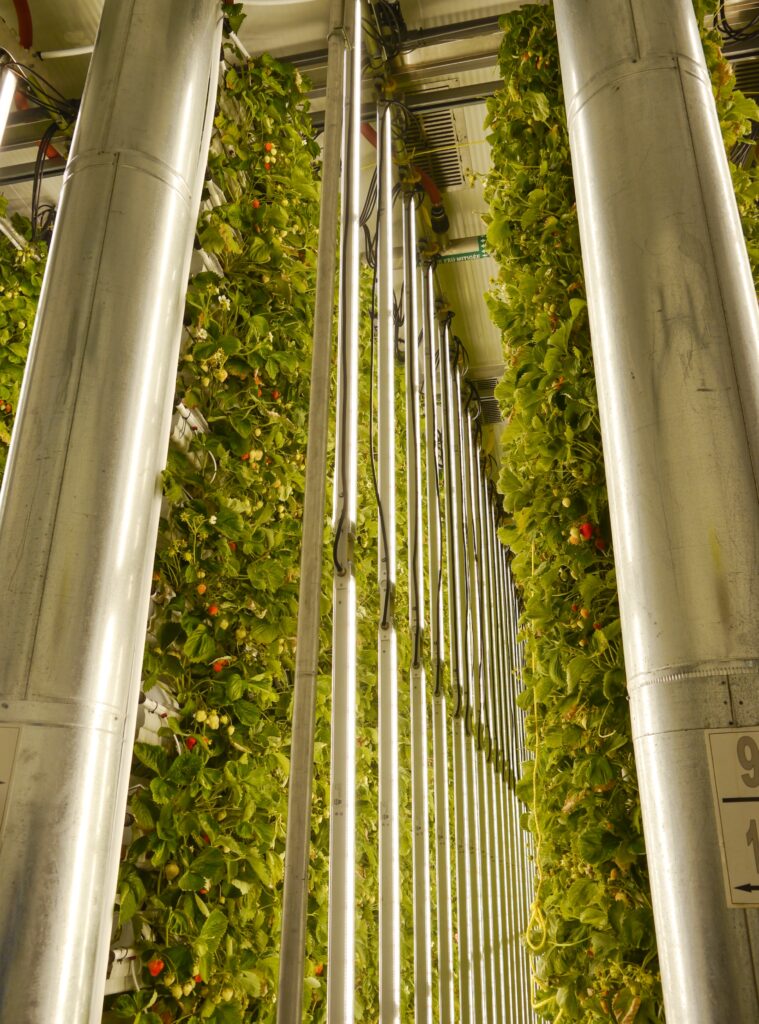
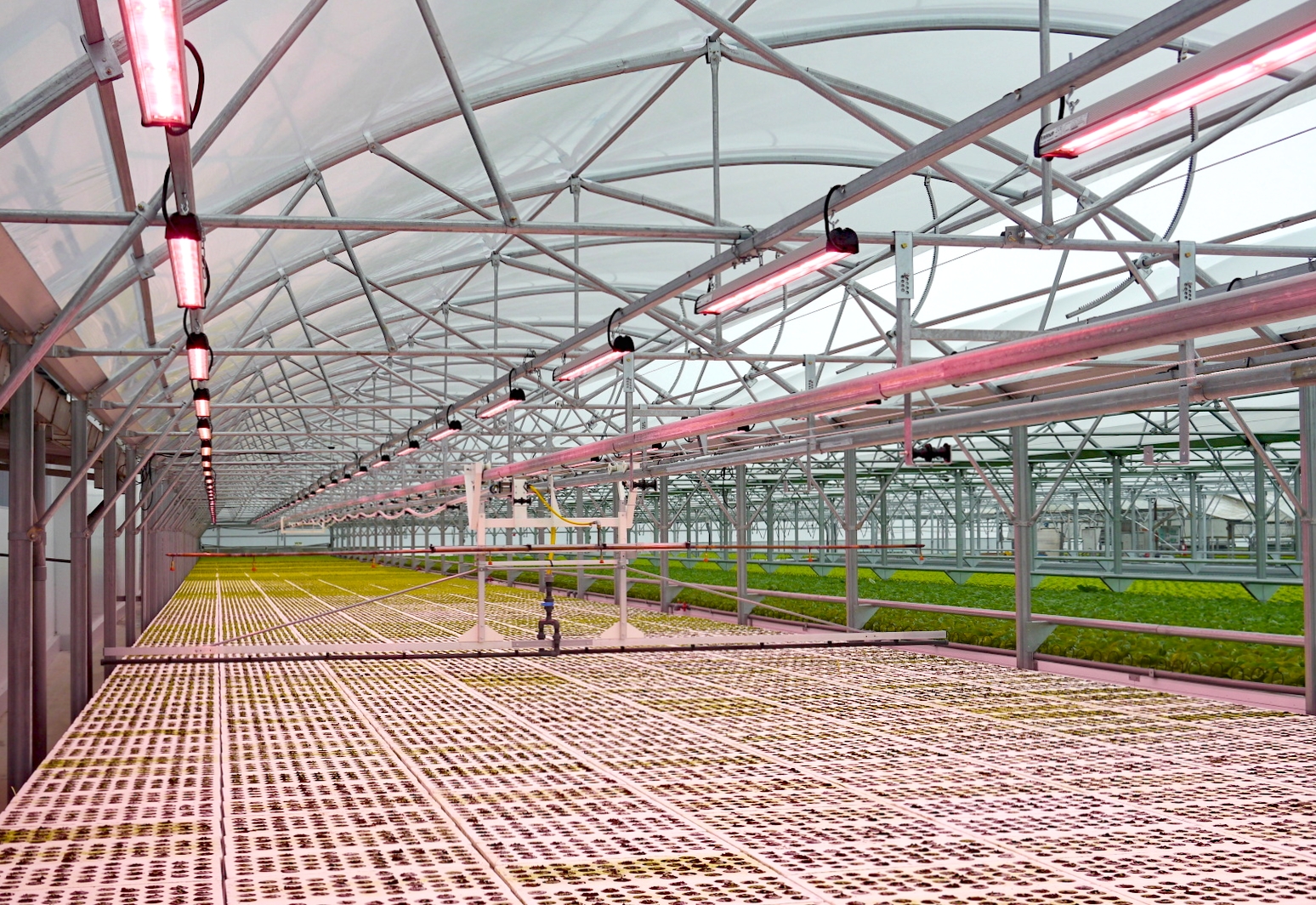


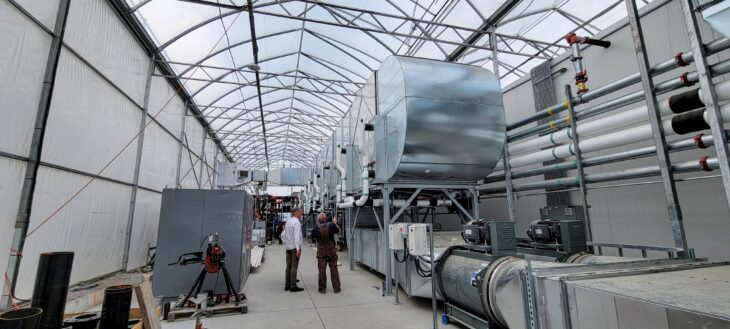

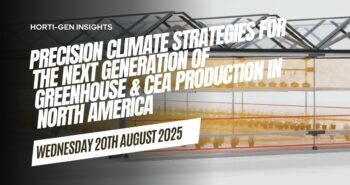
What are the main features of the CEA system?
Regard Telkom University